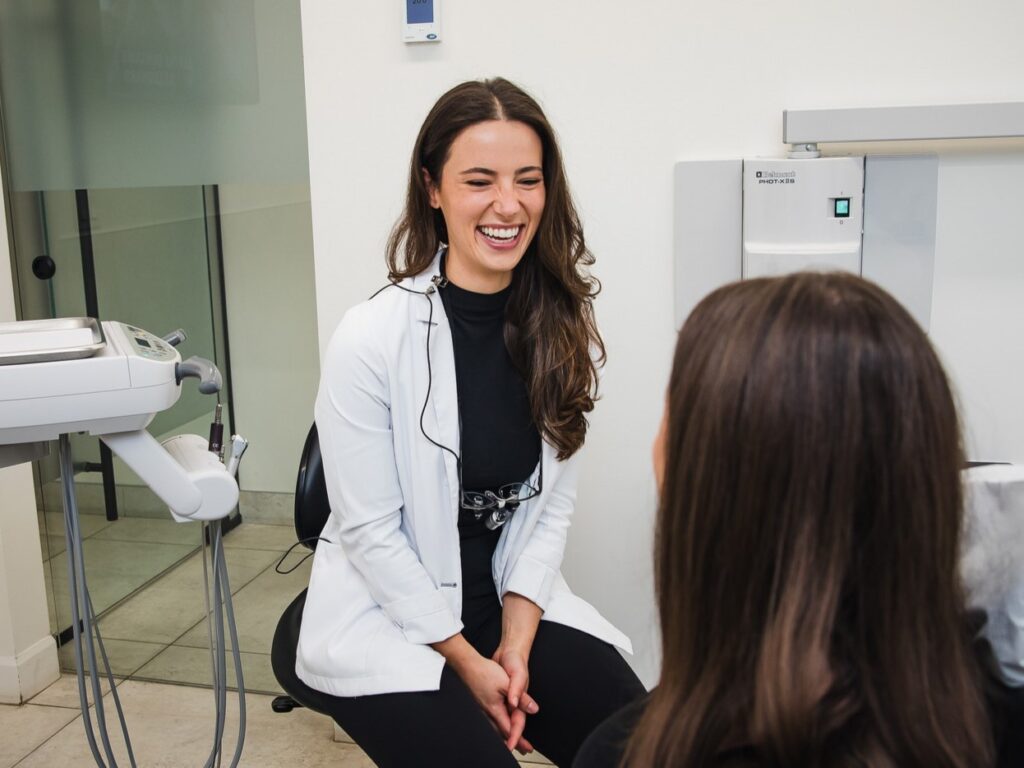Inlays and Onlays
A little damage doesn’t always need a big fix.
Sometimes it’s not a major crack. Not a full-blown cavity. Just a spot that’s worn, weak, or quietly getting worse. You can still chew—but not like before. You’ve started favouring the other side.
Inlays and onlays fill that space between a filling and a crown. They reinforce the tooth without covering it completely. No extra drilling. No aggressive shaping. Just a clean, careful repair that gives you back the confidence to bite, chew, and carry on.


Fix the problem—without losing what’s still working.
Inlays and onlays are custom-made pieces that fit into (or over) the damaged part of your tooth. They’re stronger than standard fillings, but less invasive than crowns.
Your dentist might suggest one if:
• A filling won’t hold, but a crown feels like too much
• A crack threatens to spread across the surface
• You’ve had repeat work on the same tooth
• You want a longer-term fix with a natural feel
They’re shaped just for you—matching your bite, your chewing pattern, and your enamel tone. Once they’re in, you’ll forget they weren’t always there.
Simple process. Small steps. Long-term peace of mind.
You’ll come in for two visits. On the first, we’ll prepare the tooth and take a precise scan or mold. Then we’ll fit a temporary piece while your inlay or onlay is made.
A few weeks later, you’ll return to have the final version placed—adjusted, polished, and sealed.
Along the way, we’ll cover:
• What materials make sense for you
• Cost and insurance details
• What to expect between visits—and after
There’s no pressure. Just clear, respectful care.

Your dental questions, answered.
It can be—but it usually lasts longer, especially if the damage is wider. We’ll walk through your options before starting.
No. Most people feel nothing more than pressure. Freezing is used if needed, but many don’t require it.
Inlays and onlays can actually help protect against that. Your dentist might also suggest a night guard to keep the repair safe.
Yes. We choose materials that blend in. People won’t notice—and you’ll forget it’s there.
10 to 15 years is typical. Some go even longer with regular care and checkups.
You don’t need to fix the whole tooth to make it stronger.
If you’re caught between doing nothing and doing too much—there’s a third option. Let’s take care of what’s needed, and leave the rest intact.